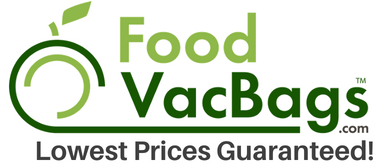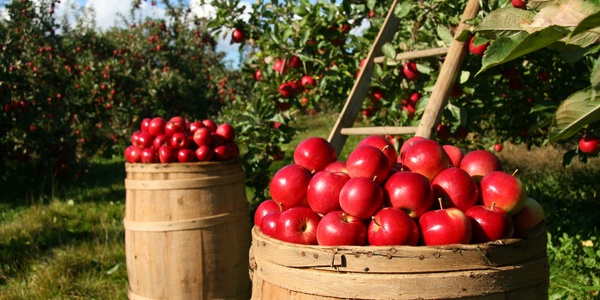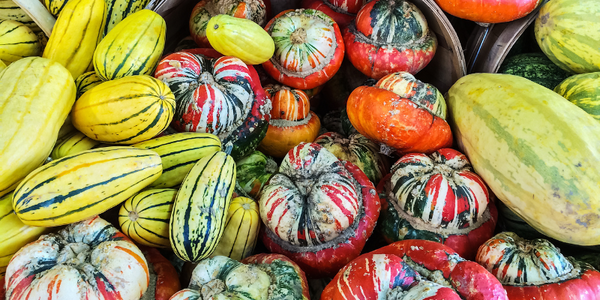Posted on December 27 2021

Though it may seem hard to believe, the U.S. Food and Drug Administration estimates that between 30-40 percent of the food supply in the United States is wasted every year. While roughly half of that loss occurs between harvest and retail, a significant portion comes from food spoiling or being thrown away in individual households, most of which ends up in landfills. The good news you can reduce food waste at home in a variety of ways, allowing you to save money and live more sustainably.
Cook in Batches
One of the most effective ways to ensure that perishable food items don't expire before they get used is to prepare meals in batches and freeze/vacuum seal the leftovers. To make it even more convenient, you can portion out the meals into individual containers so they can be taken to work for lunch or split between the freezer and refrigerator. Most meals can be stored in the freezer for significant periods of time without the flavor or texture of the ingredients being negatively impacted, making it a great way to avoid throwing away excess ingredients when you cook - especially if you are only cooking for one or two people at a time.
Find Creative Alternative Uses
Before you toss out your food scraps, it's worth thinking about some alternative ways you can use them that both reduce food waste and make your grocery budget stretch a bit further. For instance, leftover bones and vegetable peels can be boiled and made into a delicious homemade broth that is healthier and more flavorful than the store-bought cartons. Best of all, it's free. Or save the peels and rinds of your favorite fruit and boil them with sugar and lemon juice to make simple fruit peel jams. Similarly, many scraps, such as eggshells, coffee grounds, leaves, and stems can be composted and turned into an excellent fertilizer for your yard or garden.
Regrow Veggies From Scraps
While it's not always a practical option for every type of vegetable, many kitchen staples can be quickly and easily regrown from scrap trimmings, saving you a little extra money in the process. Celery, romaine lettuce, green onions, cabbage, and leeks are among the easiest veggies to regrow - just cut off the stalks, place them in a shallow dish of water with the roots submerged, and wait for the new leaves to sprout. Once they've sprouted, they can be safely transferred to a pot of soil.
Depending on the type of plant, you can have a sustainable source of new, usable vegetables within a few weeks or months. It may not seem like much, but you'll be surprised how much it adds up over time.
Use the 'First-In, First-Out' Rule
The "first-in, first-out" rule is a method of organizing refrigerators, freezers, and pantries used by most restaurants and grocery stores, and for good reason. Storing food this way ensures that older food that is closer to expiring gets used up before newer food. It may not make much of a difference with groceries that you don't buy very often or in small numbers, but for staple foods and bulk perishables, this system can massively reduce food waste. And following this rule couldn't be simpler: just put new items behind the older ones when you're restocking your fridge.
Get Organized
When it comes to tackling food waste, organization is the name of the game. To begin with, try writing up a basic meal plan at the beginning of each week, and incorporate some overlapping ingredients, such as fresh produce, to make sure perishable food doesn't go bad before you get a chance to use the rest of it. Then write up a shopping list and check which ingredients you actually need. A shocking amount of food waste results from accidentally buying something that was already sitting in the refrigerator at home. Keeping a list is a good way to avoid over-buying in general.
Try to take note of which foods tend to go bad most often, and keep them in mind on your next trip to the grocery store. That bag of apples might seem like a bargain compared to buying them individually, but if you never manage to eat them all before they spoil, you might actually be wasting money instead of saving it.
While the average individual consumer's impact on the environment may be small, every little bit helps, and living more sustainably is a great way to ensure that you aren't contributing to the problem. Reducing as much food waste as possible will save you money, result in fewer trips to the grocery store, and ensure that more resources will be available for generations to come.
Read more here for other tips to minimize food waste.






0 comments